
New Delhi – While many in Nepal cheered Sunday’s adoption of a permanent constitution after a 10-year effort, a large section of ethnic groups generally known as Madheshi in Terai region say their concerns that the seven newly defined states would have borders cutting through their ethnic homelands and their political representative sharing were ignored. The other pro-Hindu protesters want the country to remain Hindu State, rather than secular, as was decided.
India has its great concern about the volatile situation in Nepal, a country with which India shares an open and contiguous 1751-km-long border. India’s biggest concern is that Madheshis are taking up arms against the secular and democratic constitution that Nepal has put into effect on 20 September. An unrest from both the Hinduwadis and the Madeshis are getting critical day by day and the protests against the newly adopted constitution have reached New Delhi crossing the border of Nepal interestingly.
On Sept 22, both the agitating groups registered their protests in New Delhi very significantly.
While the Hinduwadis (pro-Hindus) under the leadership of Baba Kalidas and Nepal Shiv Sena thronged at Jantarmantar to protest against a Secular Constitution and demanded the revival of a Hindu Rashtra again in Nepal, the Madheshi people demonstrated before Nepalese embassy in New Delhi against a Federal model of Nepal adopted in the new constitution ignoring the interest of Terai region and Madheshi people, as told.
The Hinduwadis burnt the effigies of Nepali political leaders including Nepalese PM Sushil Koirala (Nepali Congress), Maoist leader Pushpa Kumar Dahal “Prachand” (UCPN-M) and others for their anti Hindu role and putting the ‘Secular’ texture in Nepalese Constitution against the 94% Hindus demand for a Hindu Rashtra.
The Madheshi activists under the banner of “United Madheshis of Nepal Association” unfurled the black flag and tore the copies of New Nepalese Constitution before the Nepal Embassy as protest, demanding the safeguard of Terai region and its ethnic people.
As a matter of fact both, Hindus and Madheshis, belong to same Sanatan Dharma under One Omkar Family and both are denying the newly adopted constitution of Nepal.
While Hinduwadis claim this new constitution of Nepal is ignoring the legitimate claim for a Hindu Rashtra (Republic) giving importance to its Hindu kingdom by the 94% Hindu people of Nepal, the Madheshi people are claiming that the interests of the people of Terai region, constituting one-fifth of Nepal’s landmass and covering over half of the nation’s population, have been ignored and humiliated by the New Constitution of Nepal.
It is obvious that the majority of Nepali people are opposing the New Constitution of Nepal and must be posed infructuous, while a political mafia legacy in Nepal has been able to pass the same in Constituent Assembly under a international nexus of Christians, Communists and Seculars only to deprive and exploit the Hindu and Madheshi people of Nepal by hook or crook.
The new constitution of Nepal defines Nepal as a secular country with its federative structure, despite widespread public demand for restoring Hindu state. On the other hand many Nepali people, particularly the Madhesis, have been angered by a clause in the new constitution which talks of “religious and cultural freedom, with the protection of religion and culture practiced since ancient times” and obviously they are the victims of political exploitation upon Terai.
Though the new constitution has made cow as its national animal -so not to be slaughtered, the process of proselytising illegal, reflecting fears of growing numbers of poor and other marginalized groups converting to Christianity, the demand of Hindu Rashtra is ignored and the statue of Hindu Kingdom is humiliated.
In this critical juncture of upgrowing protest over the promulgation of the ruling parties in Nepal must address the public demands for Hindu Rashtra as well as Madheshi and Terai interests.
Both the agitating groups against Nepal constitution must understand the value of unity movement for a greater cause for a prosperous Nepal and to throw away the partisan elements from their movements who can impose a ‘divide-and-rule’ policy among the Hindus and Madheshis.
These unrest of the Pro Hindu State people and the Madheshi and Tharu people may create a joint movement in Nepal on the basis of common minimum programme which may protect both the Hindu Rashtra and Madheshi interests in Nepal against all the conspiracies generated in the offices of big Churches, INGOs and Delegation of European Union and obviously from Embassies of China and Pakistan in Nepal.
Source : Hindu Existence


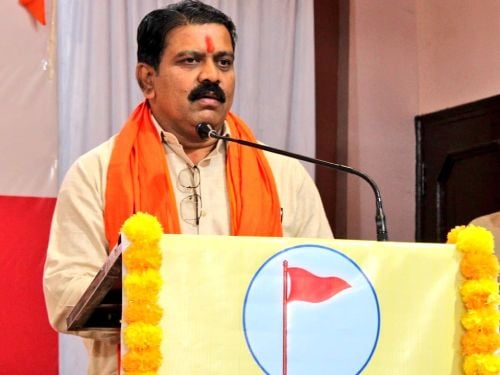 Chhattisgarh State Level Hindu Rashtra Adhiveshan’ held at Raipur
Chhattisgarh State Level Hindu Rashtra Adhiveshan’ held at Raipur Mizoram: EC accepts Christians’ demand to defer counting on Sunday, but what if Hindus had made a similar demand?
Mizoram: EC accepts Christians’ demand to defer counting on Sunday, but what if Hindus had made a similar demand?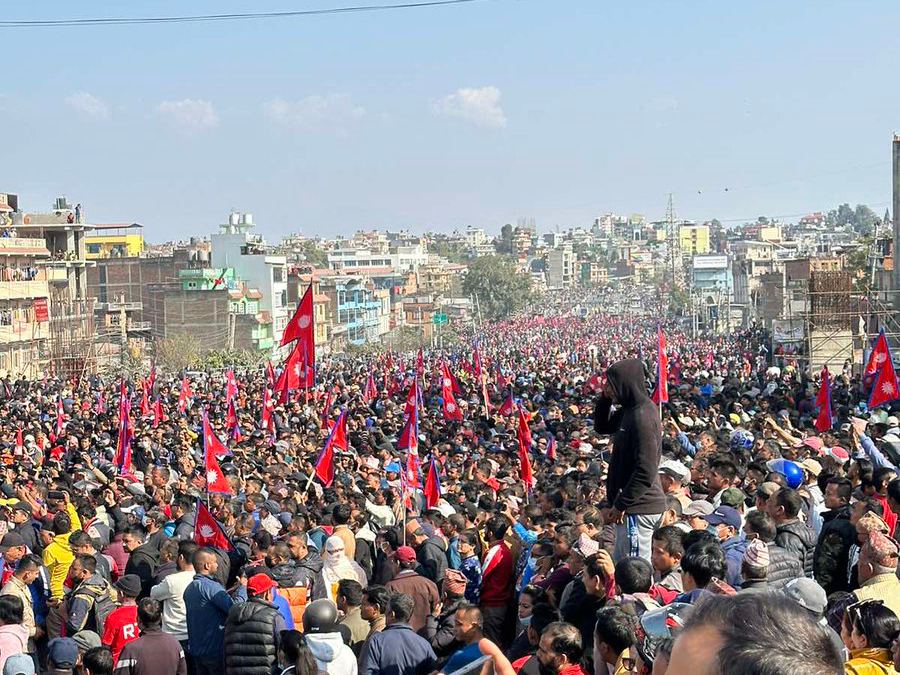 ‘We want Hindu monarchy, not republic’ – thousands of Nepalis take to streets for Hindu Rashtra
‘We want Hindu monarchy, not republic’ – thousands of Nepalis take to streets for Hindu Rashtra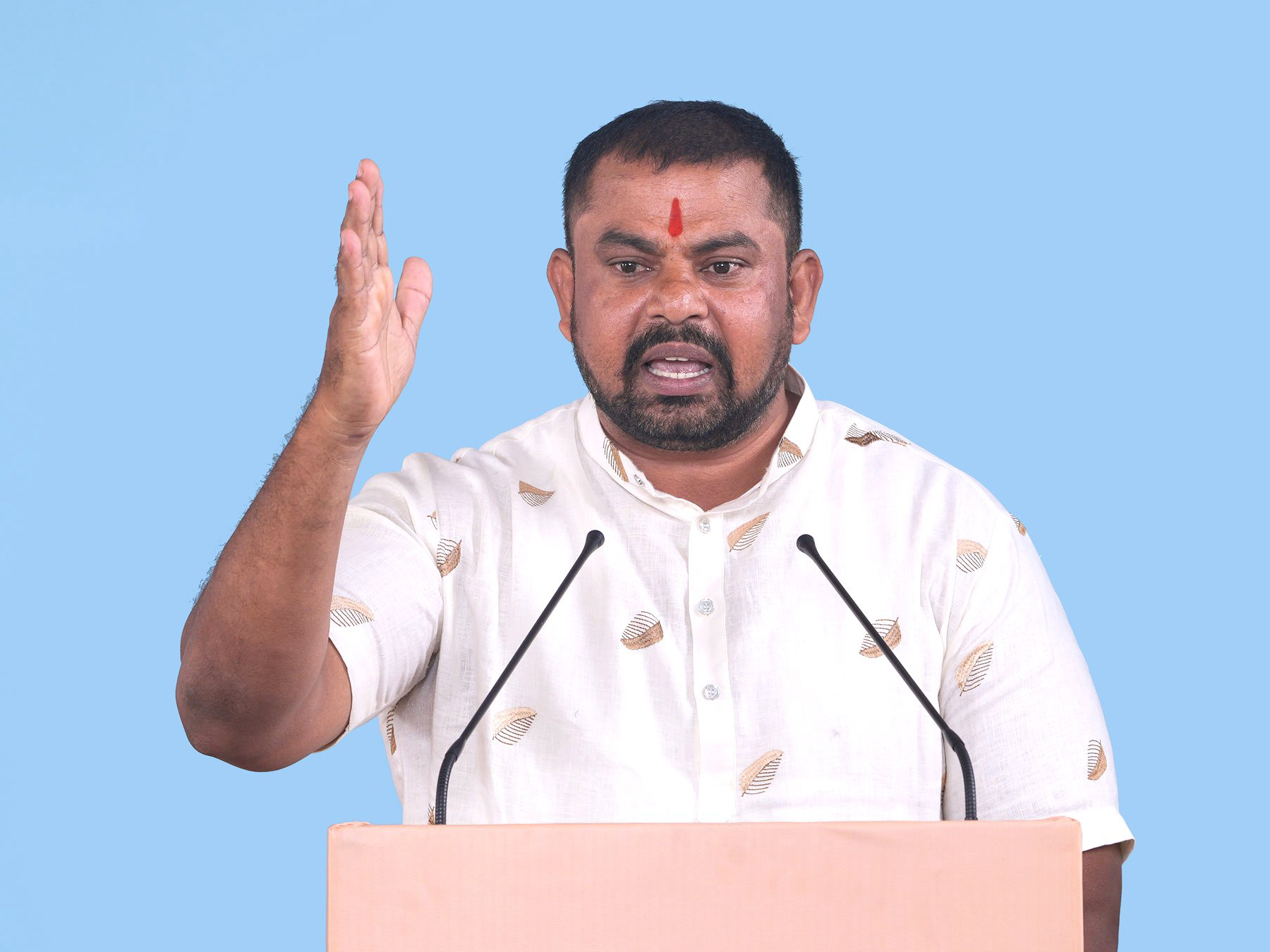 We have been born to fulfill the mission of establishing Hindu Rashtra – MLA T Raja Singh, Goshamahal, Telangana
We have been born to fulfill the mission of establishing Hindu Rashtra – MLA T Raja Singh, Goshamahal, Telangana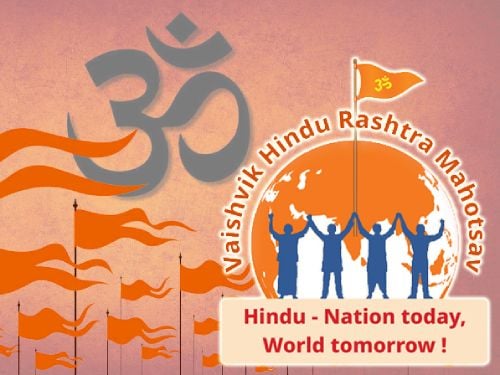 ‘Vaishvik Hindu Rashtra Mahotsav’ to be held in Goa to brainstorm on ‘Hindu Rashtra’
‘Vaishvik Hindu Rashtra Mahotsav’ to be held in Goa to brainstorm on ‘Hindu Rashtra’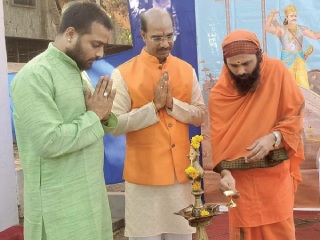 Contribute to make India a Hindu Rashtra! – Swami Sthitaprajnananda Saraswati
Contribute to make India a Hindu Rashtra! – Swami Sthitaprajnananda Saraswati